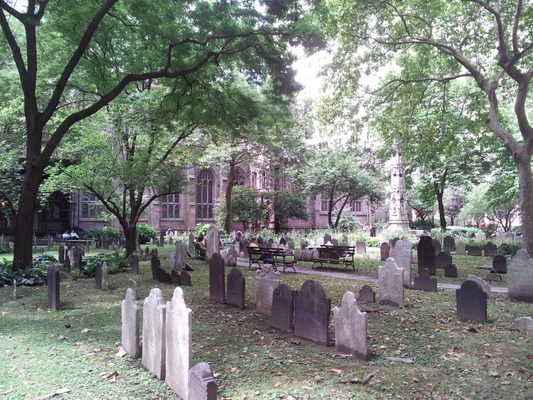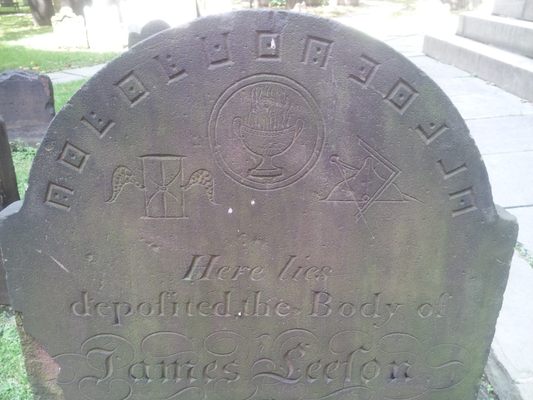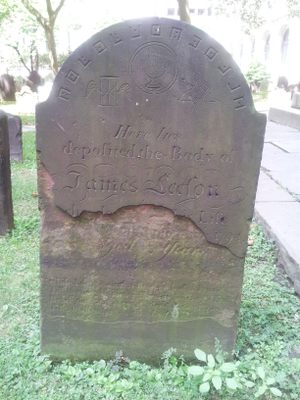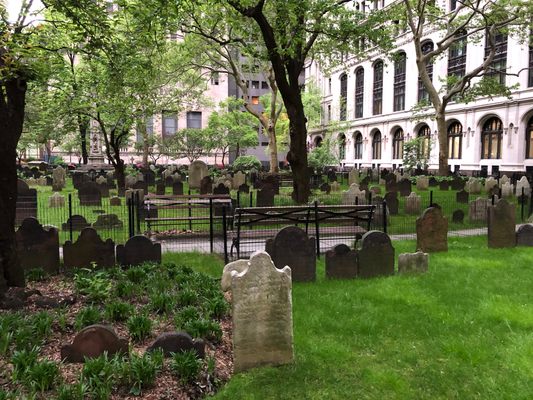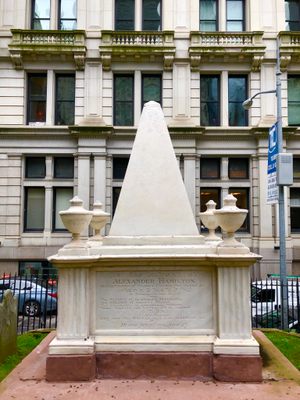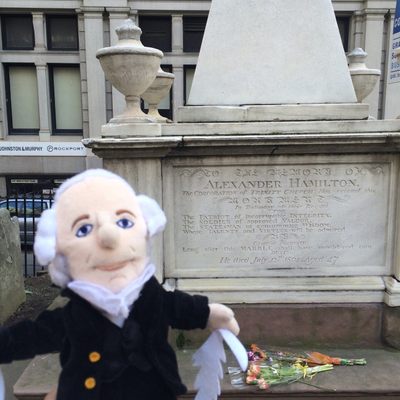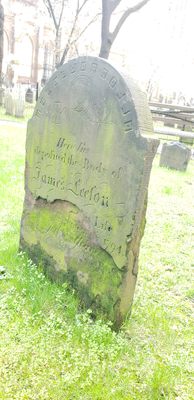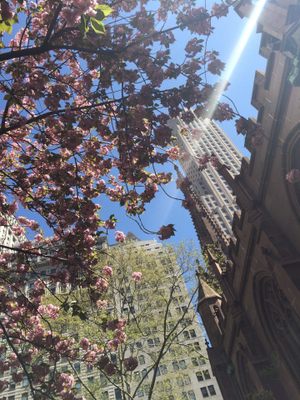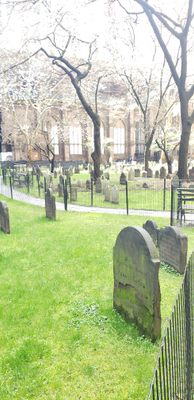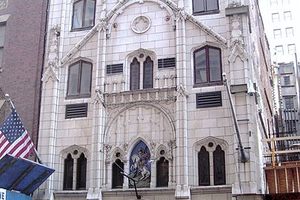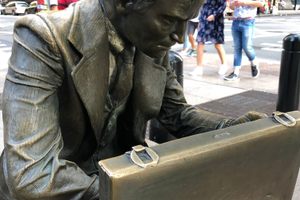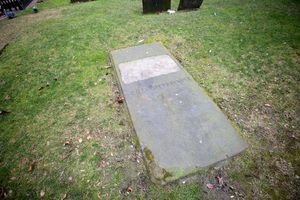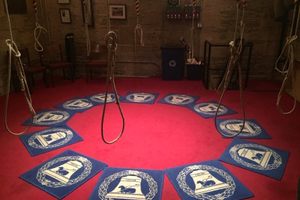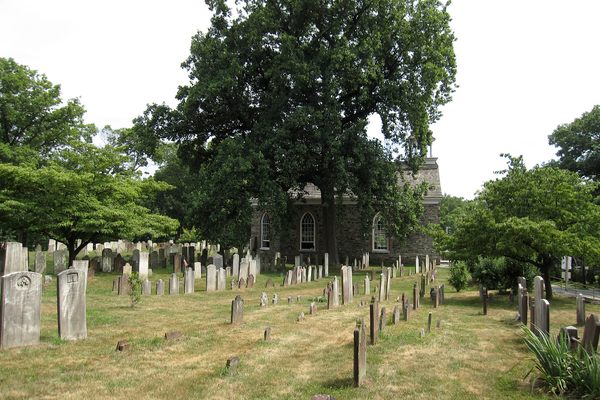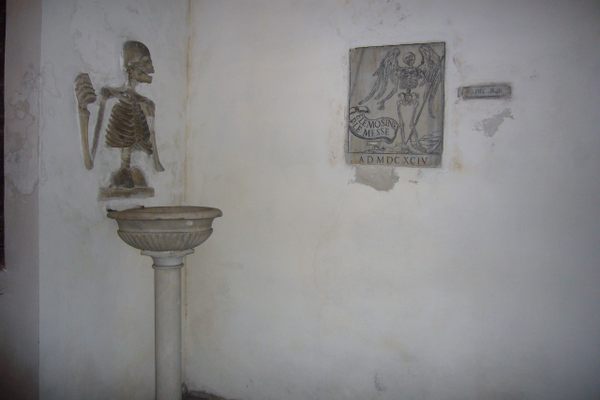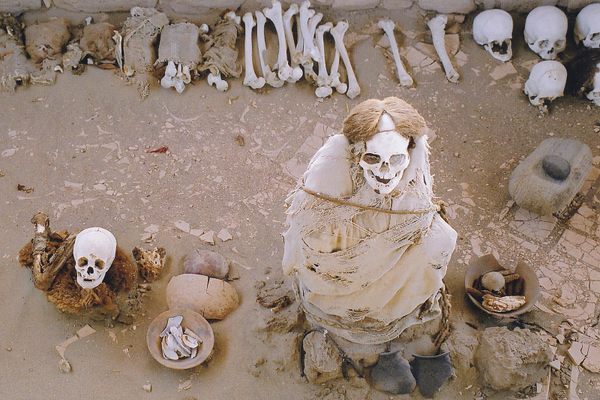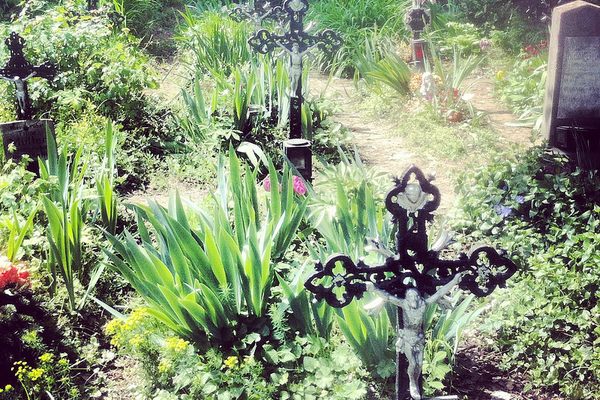About
Now dwarfed by the surrounding Wall Street skyscrapers, Trinity Church was the tallest building in New York City when it was completed in 1846. The surrounding stones are even older than the church, many dating back to the 17th century.
The Trinity Churchyard in Lower Manhattan is part of the Episcopal Parish of Trinity Church, which has three burial grounds in the city including nearby St. Paul's and Trinity Cemetery in Washington Heights. While the most notable interment of Trinity Churchyard is Alexander Hamilton, the whole burial ground has a wealth of 17th- and 18th-century funerary symbolism, with plenty of flying skulls and hourglasses. For example, there's the two-sided tombstone of Richard Churcher, a five-year-old boy who died in 1681. His tombstone is the oldest carved gravestone in the city, and on the back has a dimensional hourglass and skull and bones.
James Leeson also has a very unusual stone. The 18th-century gentleman requested that along with classical Masonic markings and funeral iconography, his tombstone be marked with an insoluble message.
The bizarre-looking words are written in a "pigpen" cipher, sometimes used by Masons to code their text and keep their knowledge out of the hands of the curious. The symbols actually mean "Remember Death," a classic message for the 18th century which becomes, through the form of an enigma, a version of the well-known "Memento Mori."
Another unusual grave in Trinity Churchyard is a simple stone slab engraved with the name "Charlotte Temple." Charlotte was not a real person, but rather the protagonist of the 1791 book Charlotte, A Tale of Truth, which was the best-selling novel in America for half a century.
Related Tags
Know Before You Go
James Leeson's grave is on the Broadway side of the cemetery, facing the fence. The cemetery has two sides, he's not on the portion with Alexander Hamilton's grave. All the graves on that side are fenced in, his grave is near the Monument to the Soldier.
Charlotte Temple's grave is also located in the north churchyard.
Community Contributors
Added By
Published
June 25, 2013
Updated
February 11, 2025


